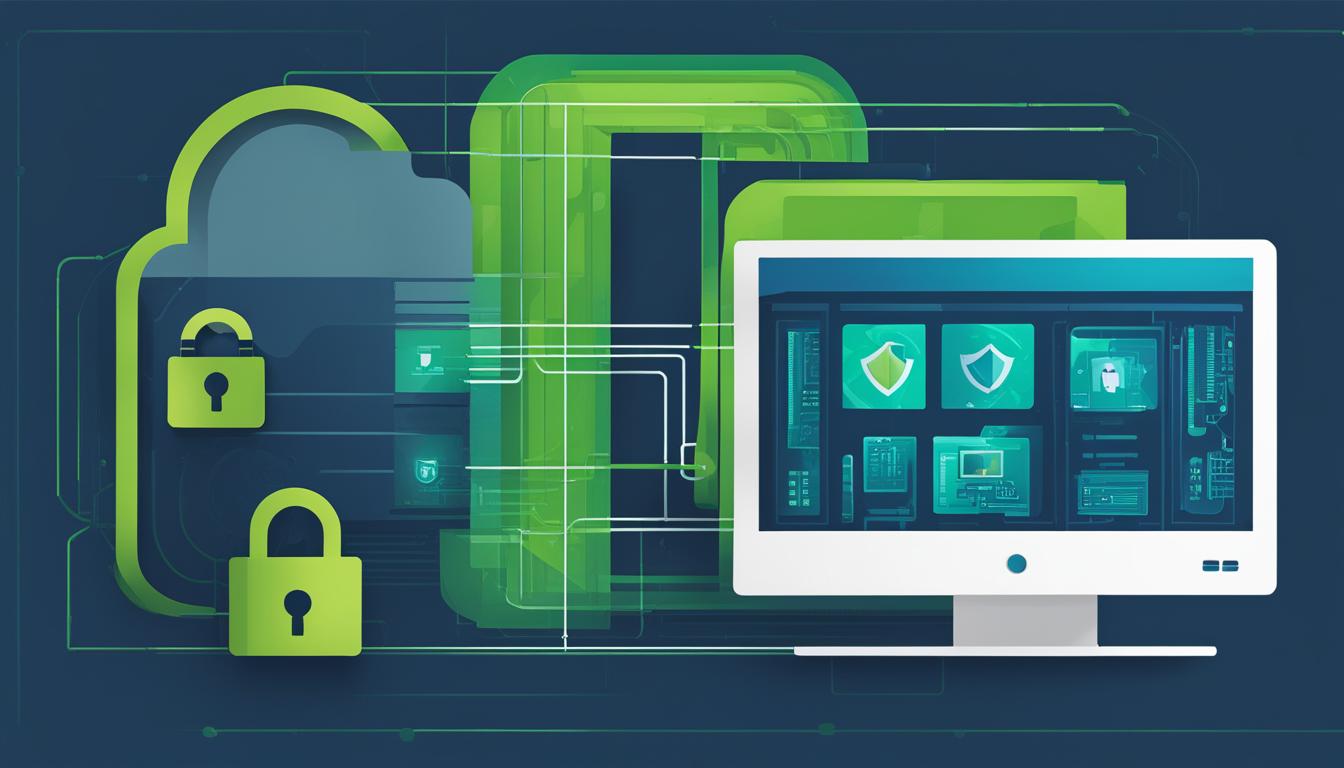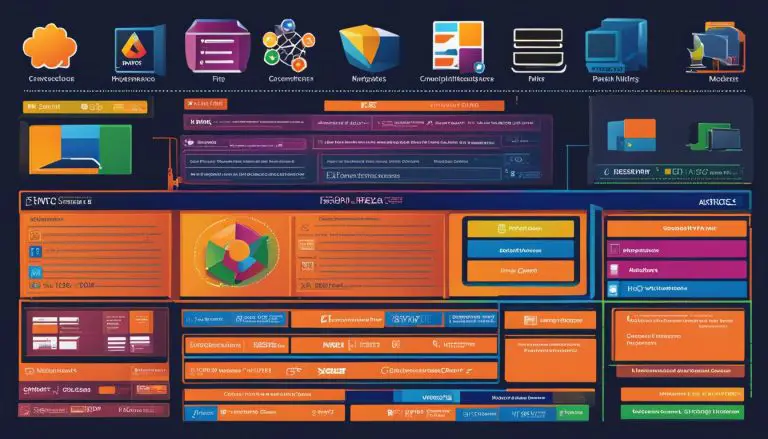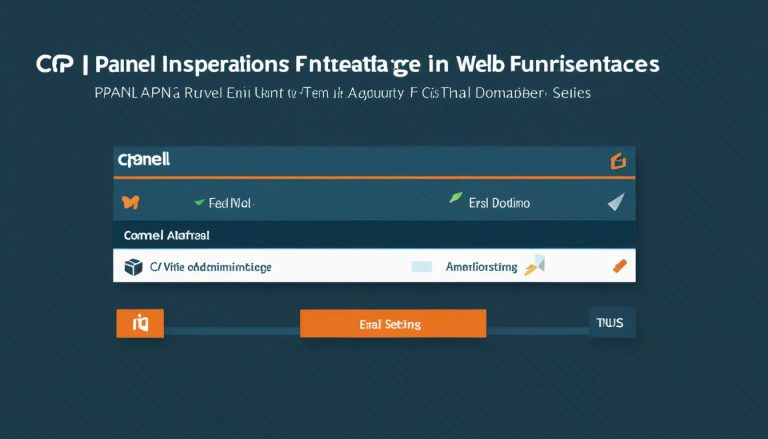Understanding What is the Trusted Platform Module
The Trusted Platform Module (TPM) is a crucial component in computer security that utilizes hardware-based technology to enhance data protection through encryption. TPM is a specialized chip with tamper-resistant mechanisms designed to perform cryptographic operations, generate and store cryptographic keys, and authenticate devices.
TPM plays a pivotal role in ensuring platform integrity by measuring and recording the boot process. It can be utilized for system integrity measurements and key creation. Different versions of TPM are set by the Trusted Computing Group (TCG).
Windows editions such as Windows Pro, Windows Enterprise, Windows Pro Education/SE, and Windows Education support TPM functionality.
Key Takeaways:
- TPM is a hardware-based technology that enhances computer security through encryption.
- It is a secure crypto-processor chip with tamper-resistant mechanisms.
- TPM helps ensure platform integrity by measuring and recording the boot process.
- Windows editions that support TPM include Windows Pro, Windows Enterprise, Windows Pro Education/SE, and Windows Education.
- TPM is crucial for protecting sensitive information and improving data security.
Features and Functions of TPM
The Trusted Platform Module (TPM) offers a range of features and functions that enhance computer security and protect sensitive information. Let’s take a closer look at some of the key functionalities provided by TPM.
1. Key Generation and Management
One of the core functions of TPM is its ability to generate, store, and manage cryptographic keys. TPM provides a secure method for key management, allowing the creation of unique keys that can be used for various purposes such as authentication, encryption, and digital signatures. These keys are securely stored within the TPM, ensuring their integrity and protection against unauthorized access.
2. Device Authentication
TPM enables device authentication through the use of unique RSA keys burned into the chip. These keys serve as a trusted identifier for the device, allowing it to prove its authenticity during the authentication process. This feature helps prevent unauthorized devices from accessing sensitive data or resources, enhancing overall security.
3. Platform Integrity
TPM plays a crucial role in ensuring platform integrity by measuring and storing security measurements of the boot process. This allows for the verification of the system’s integrity at startup, protecting against tampering or unauthorized modifications. By establishing a trusted baseline, TPM helps detect and mitigate potential security threats.
4. TPM-based Keys
TPM-based keys offer an additional layer of security by restricting their availability outside of the TPM itself. These keys can be configured to require an authorization value for usage, activating dictionary attack logic if too many incorrect guesses occur. This feature helps prevent unauthorized copying and usage of TPM-based keys, further enhancing security.
In summary, the Trusted Platform Module (TPM) provides essential features and functions that enhance computer security. From key generation and management to device authentication and platform integrity, TPM plays a crucial role in protecting sensitive data and ensuring the integrity of computer systems.
TPM in Windows and Licensing Requirements
Windows operating systems, including Windows 10 and Windows 11, provide support for Trusted Platform Module (TPM) functionality. This integration between Windows and TPM enhances the overall security of computer systems. If you are considering implementing TPM in your organization, it is essential to understand the compatibility and licensing requirements.
TPM is available in various editions of Windows, such as Windows Pro, Windows Enterprise, Windows Pro Education/SE, and Windows Education. These editions offer the necessary features and entitlements to utilize TPM for enhanced security. However, it’s important to note that not all editions of Windows support TPM. Therefore, it is advisable to review the Windows licensing overview to determine which editions are compatible with TPM and meet your organization’s requirements.
The entitlement to use TPM is granted through specific licenses, such as Windows Pro/Pro Education/SE, Windows Enterprise E3/E5, and Windows Education A3/A5. These licenses provide the necessary authorization to leverage TPM functionality within your Windows environment. By ensuring compliance with licensing requirements, you can effectively deploy TPM and leverage its benefits for improved security and cryptographic key management.
For detailed information regarding TPM compatibility and entitlements, it is recommended to consult the Windows licensing documentation. This will provide you with comprehensive guidance on TPM integration, licensing requirements, and the specific Windows editions that support TPM functionality.
| Windows Edition | TPM Support |
|---|---|
| Windows Pro | Yes |
| Windows Enterprise | Yes |
| Windows Pro Education/SE | Yes |
| Windows Education | Yes |
| Windows Home | No |
Practical Applications and Benefits of TPM
The Trusted Platform Module (TPM) has a wide range of practical applications that contribute to enhanced computer security. By utilizing TPM technology, users can benefit from various features and functionalities that safeguard their systems and sensitive information.
Cryptographic Key Management
One of the key applications of TPM is cryptographic key management. TPM provides a secure method for generating, storing, and controlling cryptographic keys. These keys can be used for various purposes, such as encrypting data, authenticating devices, and securing communication channels. TPM-based key management ensures that the keys are protected from unauthorized access, effectively preventing malicious actors from compromising sensitive information.
Device Health Attestation
TPM enables device health attestation, which is the process of verifying the integrity and security of a device. By measuring and recording the boot process, TPM can establish a trustworthy baseline for measuring the integrity of the system. This allows administrators to ensure that only trusted and secure devices are connected to the network, reducing the risk of unauthorized access and data breaches.
Anti-Malware Protection
Another significant benefit of TPM is its ability to provide anti-malware protection. TPM measures the boot process and verifies the integrity of the operating system, making it difficult for malware to remain undetected. This ensures that the system is protected from malicious software and helps maintain a secure computing environment.
Secure Email and Document Management
TPM can be utilized to enhance the security of email communication and document management. By securely storing encryption keys and certificates, TPM enables secure email communication, protecting messages from unauthorized access. Additionally, TPM can be used for secure document management, ensuring that sensitive documents are encrypted and accessible only to authorized individuals.

| TPM Applications | Benefits |
|---|---|
| Cryptographic Key Management | Secure key generation, storage, and control |
| Device Health Attestation | Verification of device integrity and trustworthiness |
| Anti-Malware Protection | Detection and prevention of malware attacks |
| Secure Email and Document Management | Enhanced security for email communication and document encryption |
In conclusion, TPM offers practical applications that contribute to improved computer security. From cryptographic key management to device health attestation and anti-malware protection, TPM provides users with enhanced security features. Additionally, TPM can be utilized for secure email communication and document management, ensuring the confidentiality and integrity of sensitive information. By embracing TPM technology, users can strengthen the security of their systems and mitigate the risks associated with unauthorized access and data breaches.
TPM 2.0 and Different Implementations
TPM 2.0 is an update to the Trusted Platform Module, introducing new features and capabilities to enhance computer security. The Trusted Computing Group (TCG) developed TPM 2.0 with the goal of providing improved security measures and increased flexibility in key management. One of the notable features of TPM 2.0 is algorithm interchangeability, allowing for the use of different cryptographic algorithms for enhanced security.
Key management has also been enhanced in TPM 2.0, offering improved methods for generating, storing, and utilizing cryptographic keys. With TPM 2.0, organizations can have greater control over their key management processes, ensuring the security and integrity of their systems.
TPM 2.0 supports different implementations, providing options for various hardware and software configurations. These include discrete TPMs, physical-based TPMs, firmware-based TPMs, software-based TPMs, and virtual TPMs. Each implementation offers different levels of security and integration into computer systems, allowing organizations to choose the most suitable option based on their specific requirements and infrastructure.
Table: TPM 2.0 Implementations
| Implementation | Description |
|---|---|
| Discrete TPMs | Physical chips installed on the motherboard or added as separate modules. |
| Physical-based TPMs | Integrated into the computer’s physical hardware, such as CPUs or chipsets. |
| Firmware-based TPMs | Implemented in firmware, often found in modern computers and devices. |
| Software-based TPMs | Implemented in software, providing virtual TPM functionality. |
| Virtual TPMs | Created using virtualization technology, allowing multiple TPM instances on a single physical device. |
These different TPM implementations cater to a variety of scenarios and organizational needs. For example, discrete TPMs are suitable for systems that require physical tamper resistance, while software-based TPMs offer flexibility in virtualized environments. Understanding the different TPM implementations enables organizations to make informed decisions about the most appropriate implementation for their specific use cases, ensuring the highest level of security for their systems.
History and Standardization of TPM
The Trusted Computing Group (TCG) has played a significant role in the development and standardization of Trusted Platform Module (TPM) technology. The TCG is responsible for defining and maintaining TPM specifications, ensuring interoperability and global adoption. TPM 1.2 was standardized in 2009, and the latest version, TPM 2.0, was released in 2019 with improved security features and capabilities.
Standard security procedures and shared specifications are crucial for components of the trusted environment to interoperate effectively. By utilizing standard cryptographic algorithms, TPM technology offers better security and allows for rigorous review processes. This approach provides a higher level of assurance compared to proprietary algorithms.
The TCG continues to update TPM specifications to address emerging security challenges and incorporate new advancements. These updates ensure that TPM technology remains relevant and capable of protecting sensitive information in today’s evolving threat landscape. By staying up-to-date with TCG updates, organizations can implement the latest security measures and benefit from the continued enhancements of TPM technology.
In conclusion, the history and standardization of TPM by the Trusted Computing Group have played a crucial role in enhancing computer security. The development of TPM 2.0 and the ongoing updates by the TCG have introduced improved security features and interoperability. By adhering to standard security procedures and leveraging TPM technology, organizations can strengthen their defense against cyber threats and ensure the protection of their valuable data.
Conclusion
In conclusion, the Trusted Platform Module (TPM) is a critical component in enhancing computer security by providing hardware-based encryption and secure key management. With TPM, users can benefit from features such as cryptographic key generation, device authentication, and platform integrity. This technology offers robust protection against attacks like phishing and malware, safeguarding sensitive information.
TPM has practical applications across various fields, including secure email, document management, and network security. By embracing TPM, organizations can ensure the confidentiality, integrity, and availability of their data, mitigating the risks associated with cyber threats.
Furthermore, the introduction of TPM 2.0 and its standardization by the Trusted Computing Group (TCG) has further improved the security features and interoperability of TPM. This evolution allows for better integration into computer systems and provides enhanced defense against emerging threats.
By utilizing TPM’s hardware-based encryption and secure key management capabilities, users can significantly enhance the overall security posture of their computer systems, protecting critical assets from unauthorized access and ensuring the confidentiality of sensitive data.
FAQ
What is the Trusted Platform Module (TPM)?
The Trusted Platform Module (TPM) is a hardware-based technology designed to enhance computer security through encryption and secure key management.
What functions does TPM perform?
TPM performs functions such as cryptographic key generation, device authentication, and platform integrity measurements.
Which Windows editions support TPM?
Windows editions that support TPM include Windows Pro, Windows Enterprise, Windows Pro Education/SE, and Windows Education.
What are the practical applications of TPM?
TPM has practical applications in various areas including secure email and document management, network security, and device health attestation.
What is TPM 2.0?
TPM 2.0 is an updated version of the Trusted Platform Module that offers improved features and capabilities.
How was TPM developed and standardized?
TPM was developed by the Trusted Computing Group (TCG) and is standardized through the publication and maintenance of TPM specifications.
What is the significance of TPM in computer security?
TPM plays a crucial role in enhancing computer security through hardware-based encryption and secure key management.
- About the Author
- Latest Posts
Mark is a senior content editor at Text-Center.com and has more than 20 years of experience with linux and windows operating systems. He also writes for Biteno.com






